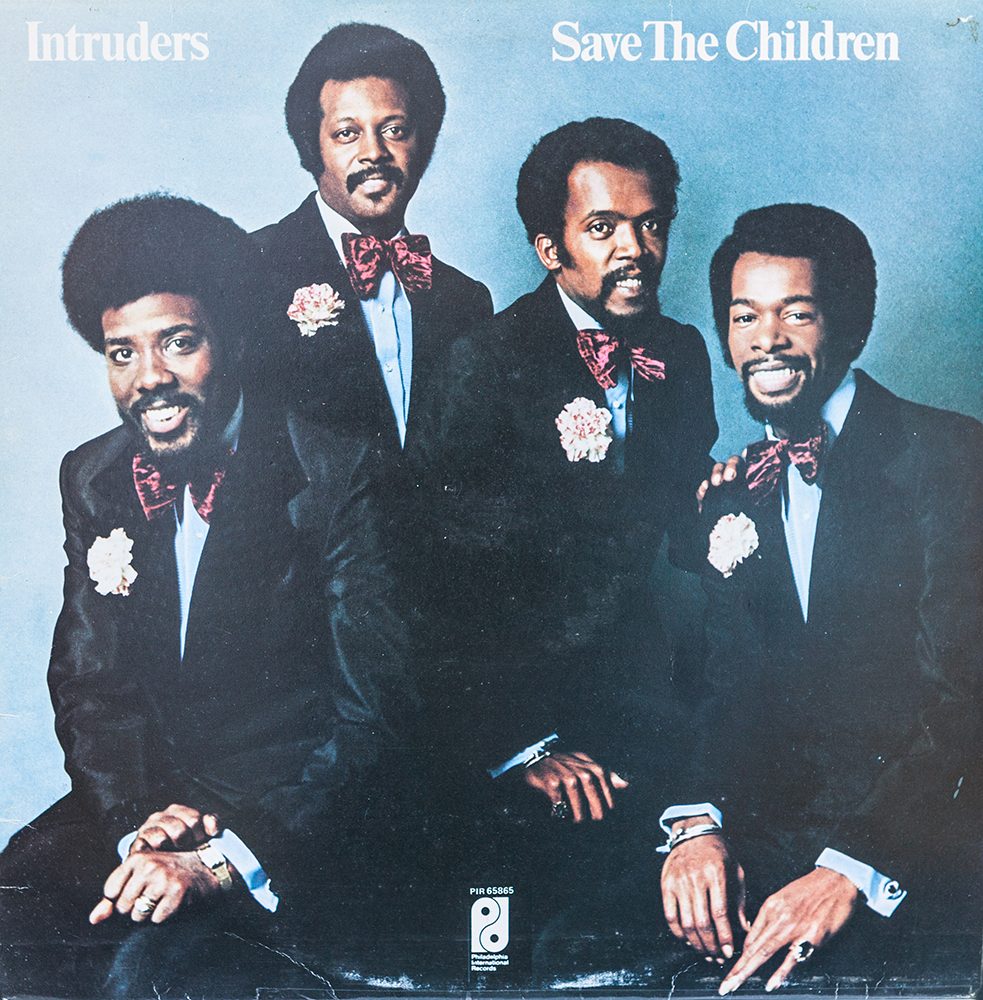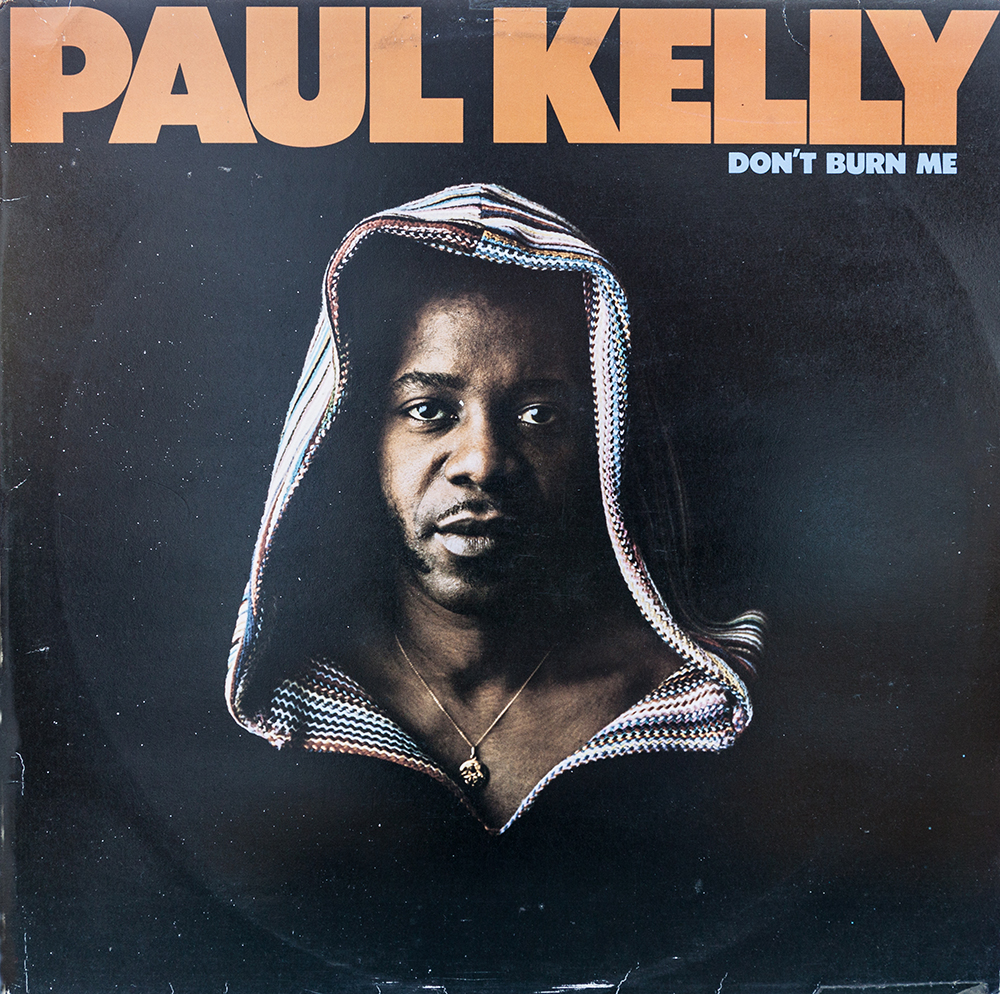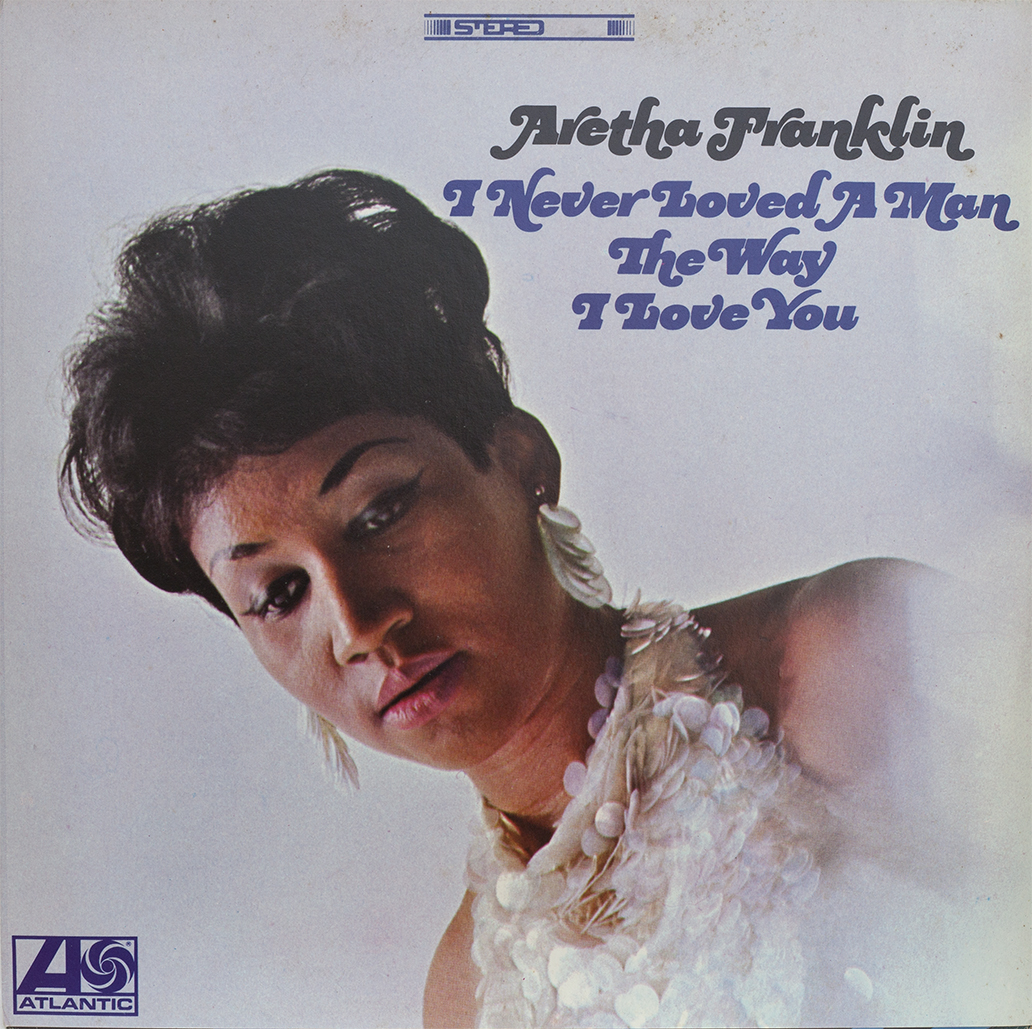NEW BOOK HAS A WHOLE LOT OF SOUL
Hired in 1978 by American Express, which had its European headquarters in Brighton, England, every work day John Lias would put on his suit and tie and help card members and merchants resolve billing and payment problems.
But the service representative had a habit he couldn’t shake.
Lias would spend his lunch hours scouring the city’s second-hand record stores for LPs, the same shops he’d been haunting since he was a teenager. Weekends, too, Lias would comb through the racks, checking out the inventory. There was always turnover, new records in stock that had not been in stores the previous day. Maybe a new release by the Temptations or a long-desired album had finally made its way into to a store’s used record bins. And now the treasured LP was his.
As he rose up the ranks of American Express, where he became vice president of Global Network Services, Operations, Lias fed his habit by taking the train an hour north to London to hunt through record stores in the capital. In time, eBay became another hunting ground.
And that’s how Lias, 59, acquired 4,500 LPs and two thousand CDs. His collection is 95 percent soul. The remaining five percent is gospel, reggae, and a random album or two from other genres. It includes everything from 54 albums by James Brown to obscure discs such as 1970’s Soul Fever by Archibald, La.’s Marie “Queenie” Lyons, to 1984’s I Can’t Leave Your Love Alone, by Norfolk, Va.’s Lenis Guess.
That lifelong passion for soul music led him to the write the recently self-published Spinning Around, A History of The Soul LP, Volume 1: A-K.

Lias’ goal was no less than to document virtually all soul LPs ever issued by American soul artists—and no doubt he has. The first volume covers musicians and groups from A-K. It begins with the Milwaukee group Aalon’s 1977 album Cream City: “It’s an album of reasonably meager delights but at least the good cuts, of which there are four, outweigh the three awful ones,” Lias deems. The book concludes with the Memphis band Kwick, about whose output Lias writes, “Sadly, Kwick’s three albums were highly mediocre, even if they didn’t sound as much like the Bar-Kays as might have been expected.…”
Spinning Around has forthright, fair-minded capsule reviews by Lias of all the book’s albums, approximately 3,000 of them. It also contains a list of his 100 favorite LPs covered in Volume 1 and pictures of 108 album covers. In addition, he’s included 25 recommended “best of” and greatest his collections by artists who are not featured in the Top 100 list because they are retrospective.
Lias plans to publish his second volume, covering L-Z, in 2018.
“Soul music deserves a book like this. It’s important to me that the music gets a product it deserves,” Lias said about why he took on the task. Also, he got fed up waiting for someone else to write it although, let’s face it, would anyone else have the records, inclination and knowledge to do so?
Then there’s the grudge he’s been nursing since 1974 when the New Musical Express published a list of the “The Top 100 Albums of All Time,” which included only seven soul albums, and three of those were greatest hits compilations. You’d never find a greatest hits collection by Bob Dylan or the Beatles on such lists, Lias claims. Spinning Around is also his attempt to redress what he calls the prevailing wisdom that soul albums are somehow not worthy of the same level of attention accorded rock LPs.
As Lias remembers, the first record he bought was “probably something horrible, maybe ‘Candida’ by Dawn.” The first album he bought was Motown’s Chartbusters Volume 5 with 16 hits.
“I guess like a lot of people, when you grow up and first start listening to music, you don’t necessarily have any favorite style,” he said. “You just like things you like. And by the age of 13 or 14 it became apparent to me that those songs I liked tended to be, more often than not, soul records. Tamla /Motown was really big in England back then. And so it was people like the Temptations, Marvin Gaye, the Four Tops. They would be played a great deal on English radio. It was really the Motown groups that first got me interested in black American music, for want of a better term.
“It was like, my God, this stuff is great. I think it all really stemmed from there. So by 1972, 1973, I was hooked. And all I started buying was soul music.”
When Lias started going out to clubs during his teens he heard James Brown—“I think James Brown is one of the most important artists of the 20th century”—and his tastes broadened to include funk. As he was exposed to more music, he became enamored of the Philly Sound, as well as Curtis Mayfield, Aretha Franklin and Gladys Knight. Then came the music of Stax, Muscle Shoals and the southern soul genre, which he considers the highest expression of soul music.
By the mid-70s Lias was almost certainly the best customer of Brighton’s second-hand record stores.
“There was the thrill of the hunt, finding something that you’ve maybe been trying to track down for a few years. We all know that feeling. But there was also the enjoyment, the anticipation of a new record coming out from one of my favorites. A new Bobby Womack album was always a very big deal for me. So it didn’t necessarily have to be something rare,” Lias said.

Lias bought the Exciters LP on the strength of the cover. “That’s just a great, vibrant colorful photograph. It just conjures up the ‘60s. It’s very immediate. Just looking at the cover I thought I’m going to enjoy this.” His verdict in Spinning Around: “The Exciters were one of the best mixed, that is, boy/girl, quartets to have ever graced soul music, but have somehow escaped unadulterated critical acclaim.”
Then, in 1980, his extreme record hunting days ended when he got married. Money was tight and the newlyweds’ apartment was small. It was goodbye to the three or four thousand singles and the thousand or so albums he had collected to that point.
His haul: a paltry $2,000. “Obviously, records were a lot cheaper back then. There just wasn’t the interest back here in the early ‘80s in soul LPs from anybody so I had to sell them pretty cheaply. I sold a lot of records then that would cost a lot more money if I were to sell them today,” Lias said.
Still, it wasn’t as painful as it sounds.
Lias kept a few hundred LPs that were special to him. “My favorite Paul Kelly has always been one of my heroes. I have all of his LPs and I would never, ever part with them. The Temptations, I wouldn’t have parted with those. A lot of the stuff I liked particularly back then in the ‘70s would have been group stuff, the Dells, the Dramatics, the O’Jays, the Intruders are all very close to my heart. I tended to keep that stuff. Solo artists were the kinds of things speaking very generally that I tended to get rid of. I felt less affinity to, I guess.”

“I’ve never believed soul music is about perfection,” Lias said. “It’s more to do with communication and Sam ‘Little Sonny’ Brown of The Intruders possibly did that better than anyone else. His technical shortcomings were obvious, but so was his warmth and vulnerability and he just connects with me in a way I can never ignore.”
And, he said, “I always had it in the back of my mind as things progressed I was going to buy them again in the future, which is exactly what happened.
“I never totally stopped buying records. I guess probably around 1984, 1985 is when I really started buying lots of records again and started building a collection back up. At that point I completely 100 percent focused on albums. I haven’t bought a single 45 in the last 40 years. I’ve got no 45s at all.”

“When I get into something, like my love of albums, even though I’m not obsessive about it, I’m reasonably single-minded about it. I take it very seriously. It’s not just something I do on a Friday afternoon when I remember about it. It’s often in the back of my mind, my LPs.” Photo: Debbie Lias
As the ‘80s rolled into the ‘90s, as 2,000 albums became 3,000 and then 4,000, Lias began thinking about the book. “I had it firmly in my mind that one day that I was going to write this book and it was always going to be the book I’ve written.”
As certain as he was about what the book was to be, Lias was equally certain that he couldn’t write it while working. In 2012 he retired after 34 years at American Express so that he could devote himself to Spinning Around.
“Within one day of retiring I started the first paragraph,” Lias said. Three years later Volume 1 was done.
If the weather is lousy Lias can spend up to seven hours a day hunkered down, writing. He carries on his research with the spreadsheet he has of all of his records, reference books, and the internet. Sometimes he’ll visit other record collectors to conduct field research. He re-listened to every album in the book “even if not every single track in a number of cases because they were either too horrible to listen to or because I know them so well.”
If the sun is shining, Lias and his clearly indulgent wife, Debbie, like to spend time on their cruiser, Carpe Diem. With England’s often rainy, miserable weather, Lias find plenty of time to spend on the book.

Paul Kelly is Lias’ favorite solo artist, but he said, “I think he’s an acquired taste. I think he’s such a personal, fairly low-key artist his music doesn’t jump out at you from the speakers. It kind of takes time. You’ve got to absorb it and I think a lot of people are just not prepared to give it that time.”
Lias plows through alphabetically and currently is on Volume 2’s letter M, which he said, “is a killer. It just goes on forever. You’ve got the Marvelettes, you’ve got the Manhattans, you’ve got Curtis Mayfield, Barbara Mason. God knows how many people. Harold Melvin and the Blue Notes, the Meters. You have the Miracles. Martha and the Vandellas. It goes on and on. With the exception of the letter B, which is even bigger, M is the most-time consuming letter in the alphabet as far as my book is concerned.”
Soon after he began, Lias realized he had to set some parameters, which means Spinning Around isn’t as exhaustive as he originally intended. Oherwise he never would have completed it. And he recognized early on that consensus on who belonged would be impossible.
As he writes, “the majority of the artists’ work has to have been in a recognized soul style. Thus Esther Phillips is in (even though she recorded in a bluesy manner before her sixties breakthrough) whereas George Benson, Donald Byrd and Dobie Gray are not (more ‘jazz’ than ‘soul’ in the case of the first two and more ‘country’ as regards Gray.”
Artists who recorded primarily disco are out. Musician skin color is irrelevant. No compilation LPs. An act or singer had to release at one record before the end of 1982. He chose 1982 because 1983 was the year in which the CD became commercially available.
Lias admits those and other choices are subjective but as he writes, “I do not wish to write about Freddie Jackson, James Ingram, Whitney Houston, Guy or New Edition. This isn’t because I do not believe they are talented artists; it’s just that their music does not, and never did, speak to me.”
Following publication, Lias had, as the British say, an “oh, bollocks,” moment when he realized General Johnson’s two entries were missing, as was that of an obscure group, Heaven Sent & Ecstasy from northern California, which had one album in 1981. He’ll include them in an addendum in the second edition, along with two obscure New York artists a reader and soul music fan in Holland told him about after receiving the book. They are George Brooks, who had a 1977 album Play It Again, Sam, and Changes, a 1979 album by the Blue Velvets.
Omissions aside, Lias said, ““I’m very happy with the book. I’ve given it my best shot.”
When Volume 2 is completed, it won’t mean that Lias is finished collecting. He’s in it for life. It’ll just give him that much more time to scour record stores, looking for that elusive LP that he he’ll hustle home with to put on his turntable and give it a spin around.

Aretha Franklin’s I Never Loved a Man spent 14 weeks at number one on the soul charts, 66 weeks on the pop charts and had sales that a soul LP had never had before. It’s this success and the artistry of the songs and the musicians and the grace, intelligence, power and passion of Franklin’s singing that make it Lias’ favorite album of all time.
John Lias’ Top 10 LPs from Volume 1
1. Aretha Franklin I Never Loved A Man
2. Marvin Gaye What’s Going On
3. Paul Kelly Don’t Burn Me
4. Etta James Tell Mama
5. Don Covay Super Dude 1
6. Al Green Gets Next To You
7. Millie Jackson Caught Up
8. Sam Dees The Show Must Go On
9. Doris Duke I’m A Loser
10. James Brown I’ve Got The Feeling

Lias considers the Ray Alexander Technique’s Let’s Talk is a little-known gem of an album. “They created this great music and it’s like how the hell did this music not sell? It’s got a funk flavor, a little bit of Latin. It just flows beautifully. Not many people have heard the album. It’s quite obscure. But every single person without exception is blown away by it so it obviously has an intrinsic quality to it.”
-30-
Calling out around the world, Are you ready for a brand new book? Summer’s here and the time is right…. Okay, you get it. If you would like to purchase Volume 1 of Spinning Around, contact John Lias at john.lias@googlemail.com.
Here’s a review of Spinning Around.
And here’s another review.
Love it Jay!